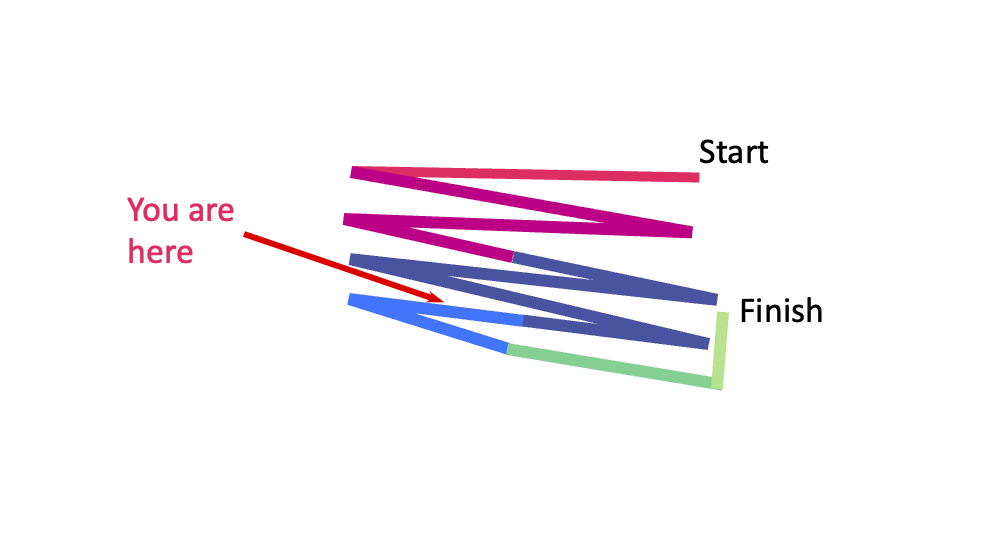Paleozoic Era 2: Ordovician Period – Coral and Fish Emerge
Key Events
- There is a further explosion in life forms, with invertebrates (molluscs, corals and insects) and the first vertebrates, fish, evolving.
- Life is still mainly based in the oceans.
- An ice age at the end of the Ordovician Period leads to a mass extinction, with nearly 85% of marine species wiped out.

Facts, Debates & Trivia
- The name comes from an ancient Welsh tribe, the Ordovices, who lived where rocks formed during this period are found.
- The break-up of a near-Earth asteroid means about 100 times as many meteorites strike the Earth per year during the Ordovician Period compared with today.
- The cause of the ice age at the end of the Ordovician Period is debated by researchers. The arrival of the first plants (mosses) on land changes the chemistry of the atmosphere and oceans, but volcanism and sea levels may also play a part.

Conditions
- The early Ordovician climate is very hot, with the highest sea levels of the Paleozoic Era.
- The Ordovician finishes with an ice age.

Timeline
485.4 – 443.8 million years ago
(41.6 million years)


Where have you reached on the trail?


